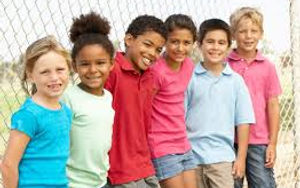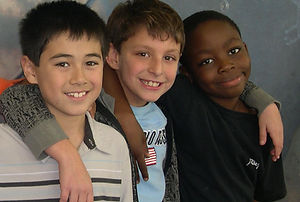Solutions For Today's Parents and Teachers
Catherine W. Mallam, M.S.Ed.

Parent Education

Children's Friendships and Conflicts:
A Guide for Grown-ups
How do you respond when your child is in tears at bedtime because their best friend left them out at recess? What do you do when your child comes home and reports that they had a fight with a classmate whom they refer to as their “enemy?" And what if your child has friends but often declines the chance for playdates after school?
Parents and caregivers are left wondering: What is normal conflict between children? What is bullying? When should I intervene; when should I step back? How do I help my child have healthy friendships? This presentation provides an overview of the stages and characteristics of children's friendships, gender differences in friendships and conflicts, the role of technology, and practical strategies to support kids with common friendship challenges.

Beyond "Mean Girls:" Understanding Girls' Friendships and Conflicts
"BFF's" and "frenemies." These words have crept into the vocabulary of even our youngest girls. This workshop describes the nature of girls' friendships; gender differences in play and interaction patterns; cliques, conflicts, and conflict resolution strategies; and the impact of media messaging and technology on girls' friendships. Rather than merely labeling girls as "mean," this presentation celebrates the strengths girls bring to their friendships and provides parents with practical strategies to help their daughters become assertive, resolve conflicts, and have healthy relationships.

Beyond "Boys Will be Boys:" Understanding the Social Lives of Boys
We've all heard the expression, "boys will be boys," but what does the stereotype imply as it relates to boys' friendships? In the past two decades, girls' relationships have gained much attention in psychological research and popular media. Equally important is the research on our boys. This presentation examines the nature of boys' play, friendships, and conflicts; describes the impact of masculinity models and technology on boys' connections; and provides parents with strategies to promote boys' healthy social and emotional development.